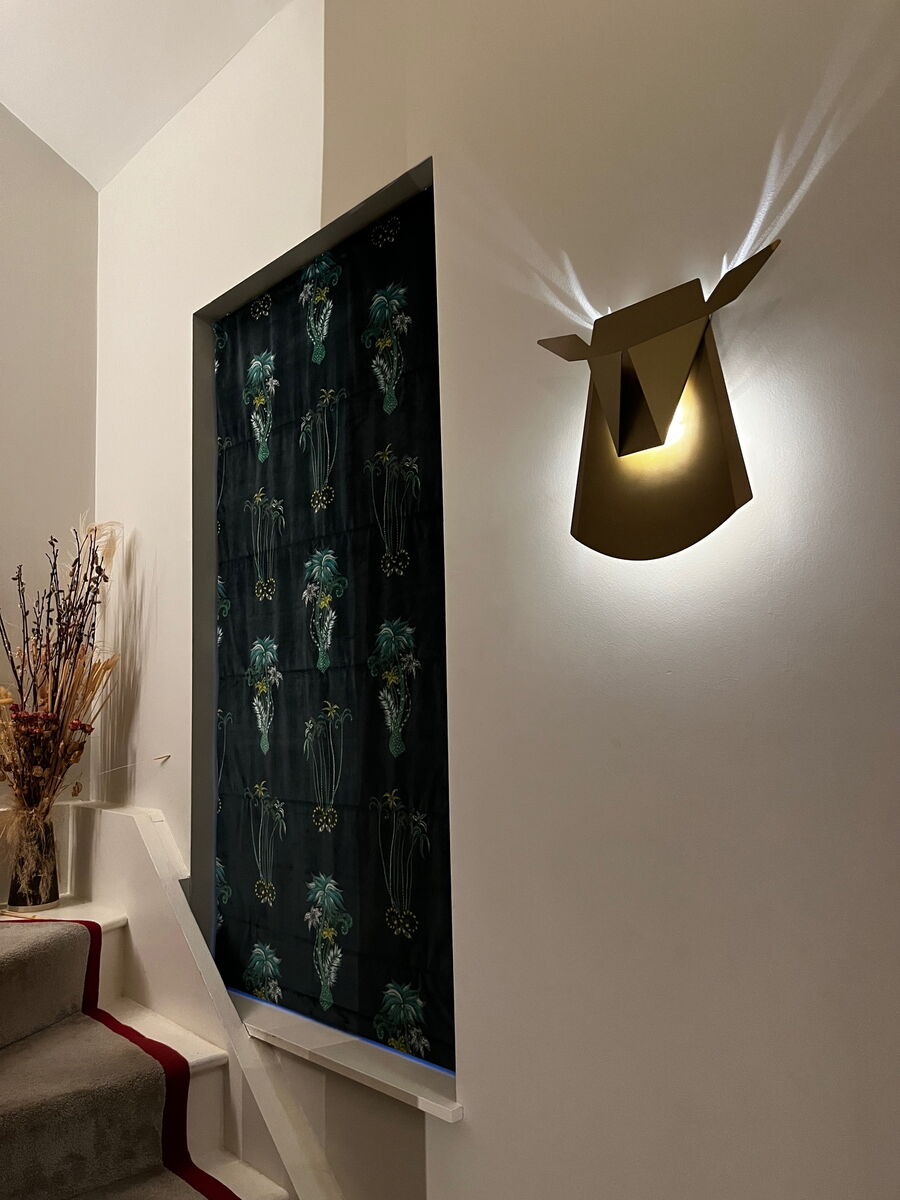Jennifer Sheahan: DIY checklist to winter-proof your Irish home

Open windows front and back for a few minutes a day to let fresh air blow through. Picture: Moya Nolan
Winter is well and truly upon us, and I don’t know if it’s just me, but it feels like it’s getting wilder every year. I like the cosiness of staying in by the fire for a while, but enough with the wind and the rain already. Anyway, it’s not even December yet, so chances are it’s going to get a lot worse.
Before we all go hibernating, here is a list of things to run through to make sure we’re ready for the colder months and prepared should something go wrong during one of our more severe weather events. Should we have done these a couple of months back? Sure, but better late than never.
This is a DIY checklist, so I’m not talking about applying for an SEAI grant and having your whole house wrapped. Think of insulation as anything that stops heat from escaping or stops cold air from getting in. If you haven’t insulated your attic, that is absolutely priority number one (and a very doable DIY job), but even if you have, there are plenty of smaller things to insulate that will make a surprising difference. Wrapping your hot water tank in a proper insulation jacket helps it run much more efficiently, and insulating exposed pipes with foam sleeves protects them from freezing. These sleeves cost very little and install in minutes. If your hot press feels like a sauna, that’s often a sign you’re losing more heat than you need to.
While keeping warm air in is important, winter often brings the opposite problem: condensation. This happens when warm air meets a cold surface, such as windows that need upgrading, and it can build up to mold without ventilation.
You don’t have to leave a window cracked open all day — just open your windows at the front and back of your house for just a few minutes once or twice a day to let fresh air blow through; what the Germans call “stoßlüften”. It feels counterintuitive, but it genuinely works and doing it for just a few minutes doesn’t cause much heat loss. Keeping trickle vents open and ensuring extractor fans are functioning properly will also help keep condensation and mould at bay.
If your home still feels chilly, the culprit is often draughts. Small gaps add up to a large amount of heat loss over a long winter. Doors and windows are the obvious places to check — stick-on foam draught strips work wonders and don’t interfere with opening or closing.

Original letterboxes in older front doors can be a freezing little wind tunnel — if you can, relocating the letterbox to an exterior wall-mounted one makes a big difference. Soft furnishings also work surprisingly well at blocking draughts. Heavy curtains, rugs on hard floors, and fabric door snakes all help warm up the space without any building work.
Some homes still have single-glazed windows, and replacing them isn’t always financially realistic or in line with conservation rules. A simple and inexpensive temporary fix is window insulation film. It's not glamorous, but you won’t notice it visually once it’s installed. It’s very easy to apply, and for such a low cost, the effect is impressively noticeable.
If you hear gurgling noises when your heating is coming on, or notice cold patches at the tops of your radiators, it's likely there’s trapped air preventing them from heating properly. Bleeding a radiator is simple: turn off the heating, slot a radiator key into the valve at the top, and twist slowly until you hear the hiss of escaping air. Kate O’Driscoll from @victorianrathmines on Instagram recommends wrapping a towel around the valve during this step, as a tiny bit of rusty water often spits out. Close the valve as soon as water starts flowing smoothly. Suddenly, your radiator will feel hotter and your home will warm up faster, costing you less.
Speaking of heating efficiently, your thermostat is your best friend in winter — but only if you know how to use it. Many people inherit the thermostat that came with their home and have no idea how the timers work. Spend 15 minutes digging out the manual (or Googling the model) and set heating schedules.

Better yet, consider upgrading to a smart thermostat, which gives you control from your phone and learns your patterns over time. You’ll waste less heat, and your house will feel more consistently warm.
I’m probably a couple of months late for this, but if you have a fireplace or stove, get your chimney cleaned before lighting the first fire of the season. Not only is it a safety essential, but a blocked or dirty flue pulls poorly, meaning your fire won’t heat the room as effectively. Stock up on seasoned wood and keep it stored somewhere dry. Damp wood burns poorly and creates smoke.
This is more of a year-round job, but ensuring your boiler or heat pump has been serviced is essential. Literally, legally mandatory. An annual service keeps your system running safely and efficiently and reduces the risk of a mid-winter breakdown, saving you money in the long run. If your boiler has been making odd noises, losing pressure frequently, or taking ages to heat water, don’t ignore it — these problems never fix themselves.
Outside the house, gutters and drains deserve attention before storms arrive. Clear away leaves, moss, and debris so rainwater can flow freely. Blocked gutters cause leaks, damp patches, and even structural damage if left unchecked. While you’re out there, scan for low-hanging or loose branches, especially if your home is near tall trees. If you can do so safely, have a look at your roof and ensure there are no loose tiles. Last winter’s winds caused havoc across Ireland, and a quick tidy-up now will reduce the risk of damage later.
Power outages and leaks happen. It’s a good idea to have a fully-charged battery pack on hand to keep phones running, which will also provide you with a handy torch. Candles are next — have a few slow-burning ones with matches or a lighter nearby to keep your home lit and cosy without electricity.
If your pipes spring a visible leak, it’s helpful to have self-amalgamating tape for a temporary fix while you wait for a plumber. Finally, know where your electricity board is in case anything trips.












